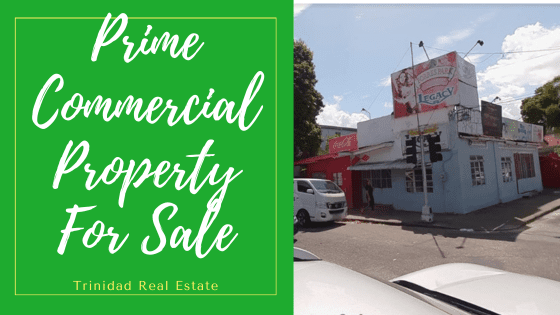Many people that are seeking home ownership may be in deep debt and don’t know how they got there. They also don’t realize that the more you are in debt, the less you can qualify for when purchasing a home. Coming out of debt could mean qualifying for over a million TTD. Managing your existing debt and eliminating it before applying for a mortgage is crucial. Reducing your debt will ensure you don’t become financially overwhelmed when you become a homeowner. Below is our 5-Step Guide to managing and eliminating debt.
What’s debt?
A debt is money owed to another person and must be paid back. Any loan, as well as the unpaid (i.e., Unpaid balances on credit cards, lines of credit, or overdraft facilities.
5 Steps to Better Manage Your Debt For Home Ownership
- It would be best if you listed all your monthly debt obligations, including car loans, personal loans, and lines of credit.
- Calculate the remaining balance on each item, i.e., How much are you still liable to pay?
- Review the terms of your loan agreements. Keep track of the monthly payments and due dates for each type.
- You can set up standing orders with your bank if you don’t already have to debit the appropriate amounts from your bank account. The standing order will then transfer these funds to your bank account to make monthly payments according to schedule. It is crucial to choose suitable dates. You must ensure that your bank account has enough cash on the dates you want. Bank standing orders should be taken well in advance of the due date. You can avoid interest and late fees by making payments a week before the due date. It is often difficult to transfer funds between institutions.
- You should check if your financial institution offers online or mobile banking. Sign up if it’s available to verify that your payments have been received and applied to your outstanding balance monthly.
Moving Towards Home Ownership- Getting out of Debt in 5 Easy Steps
- Your debt list from above can rank them according to their interest rates. On the other hand, a personal loan may have a rate of 6%, while a credit card’s interest rate is 25.2%.
- Check your loan agreements to determine if the interest due is fixed or based on the monthly reducing balance.
- You should also make lump sum payments if you cannot make the monthly payments. Prioritize the payment of debts that are high-priority or have an interest. These debts can be cleared first, saving you money from over-focusing on fixed-interest low-interest debts.
- If the average interest rate on your debts is higher than that of one debt consolidation loan, consolidate them. You will only have to make one monthly debt consolidation payment, so keeping track of multiple debts will be easier.
- Reevaluate whether you should have more than one credit card or reduce your credit limit. You can close any accounts you don’t need or encourage you to overspend.
You can quickly eliminate your debt problems with perseverance and diligence. We will assist you in getting a mortgage when you’re ready.
If you would like to know how much you can potentially qualify for a mortgage that can make you a homeowner, then please feel free to contact us here.





Join The Discussion